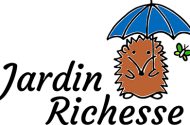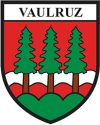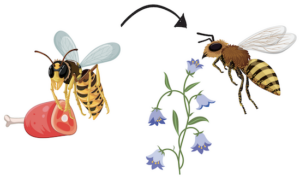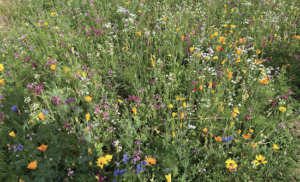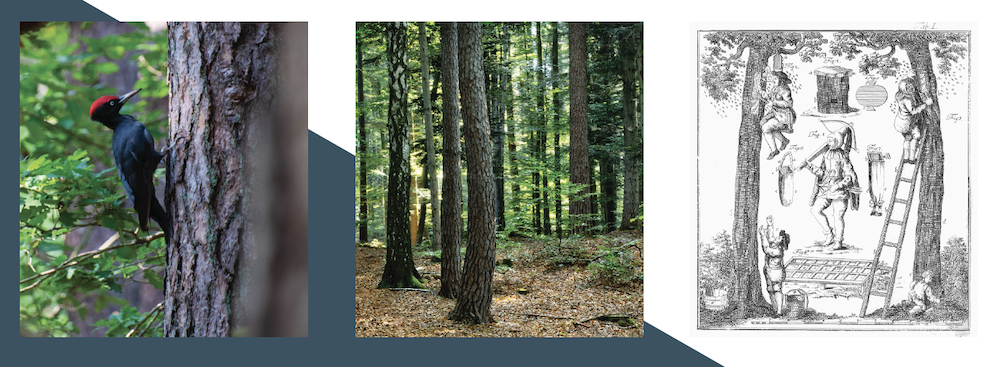Discover the honey bee, a forest insect: information on the trail
Panel 1: The importance of food
From meat to honey
Around 30 million years ago, a group of wasps decided to change their diet. From carnivores, they turned to flowers. Little by little
this group gave rise to bees, which harvested nectar and pollen.
This nectar honey is used as :
- Food, a source of carbohydrates
Source of energy, enabling them to maintain a temperature of 35 degrees in the brood and 20 degrees during the winter. - Medicine, guaranteeing an optimal immune system
Pollen serves as :
- Food, a source of protein
- Rearing young bees
Resources: “The honey hole”
May, with its fragrant fruit trees and colourful fields in bloom, is a month rich in food for bees and other insects. During this period, the bee colony is at its best.
Then, food and especially nectar become scarcer. Fruit trees are stripped of their flowers and fields mown. The colony temporarily runs out of food. Famine may follow.
“Honey hole” is the name given to a period of dearth for bees, a period when there are far fewer flowers to harvest.
👉 Tip: to save bees, before buying a hive, plant a honey tree or sow flower seeds.
Panel 2: Natural cavities
The natural cavity in the tree trunk is the first natural habitat for the bee. This habitat is either a wound in the tree trunk or a cavity dug by a woodpecker.
The ideal forest is one with varied structures and old trees, or a mixed forest with clearings and wetlands. This is where the bee finds a home and, throughout the year, an abundant supply of “melliferous” flowering plants.
In the Middle Ages, the Zeidlers were forest beekeepers. In Western and Central Europe, the “bugger”, with his crossbow, watched over the honey harvest in the forests that belonged to the Lord.
In the Urals, the Zeidlers still carry on the tradition of forest beekeeping. In Poland, it was reintroduced around 2009 thanks to the WWF.
Panel 3: The bee and its challenges
In the course of their evolution, bees have had to face many challenges (enemies, diseases, etc.) and have had to find the resources to overcome them. The quality of their immune system and their defence strategy are therefore extremely important.
Current challenges
- The fight against the varroa mite, a predatory mite
- The loss of natural habitat (structured, species-rich forests,
with different habitats, wetlands, clearings, etc.). - Lack of food due to the loss of floral biodiversity
- Poisons and pesticides
- Climate change on the South-North axis
Here, bees and Stratiolaelaps scimitus, a varroa mite predator, live in symbiosis. If there is varroa mite in the hive, it climbs up and feeds on it. Otherwise, it lives and reproduces in the compost. Below, the pseudoscorpion, another varroa predator.
Panel 4
Panel 5: Hives, habitats, …
Honey and winter
The colony maintains a temperature of between 20 and 35 degrees, so the insulation of the hive is essential. Honey consumption therefore varies enormously from one habitat to another depending on its insulation (between 3 – 4 kilos in a good cavity or a SwissTree and 20 kilos in an ordinary hive).
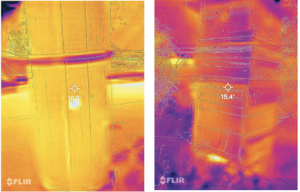 Comparison
Comparison
between a SwissTree with 8.5 cm walls and a Warré hive with standard walls.
The terracotta hive
The ovoid shape of the hive was invented simply by observing nature.
The Kenyan hive
This type of hive is increasingly being adopted for its ease of use.
The Dadant hive was a great success from the outset, enabling the development of more intensive beekeeping and transhumance.
The Warré hive: a wonderful hive, very close to the bee’s natural behaviour.
very close to the natural behaviour of bees.
The Cévènes tree hive
This tree hoolow, hollowed out of chestnut trunks and closed by a lauze stone, is part of a very old tradition. It is home to the famous black bee.
The tree hoolow
The majority of today’s forests are made up of young trees, so natural tree cavities are sorely lacking. This type of habitat helps to restore the balance.
The SwissTree was developed according to the age-old principle of Zeidlerei (ancestral forest beekeeping). It allows the FreeTheBees beekeeping methods to be applied.
Panel 6: Who are we?
FreeTheBees is a non-profit organisation based in Fribourg. Since its creation in 2013, its mission has been to
to protect the honey bee, also known as the domestic bee, and to create habitat in the forest to help it return to nature without human intervention.
These 3 pillars guide FreeTheBees’ action:
Transforming intensive beekeeping into extensive beekeeping
FreeTheBees’ “extensive beekeeping” methodology means that honey can be harvested without the use of chemicals.
If we also optimise the hives, we can always harvest with fewer bees.
Motivating beekeepers to adopt close-to-nature or completely natural methods
The “close-to-nature beekeeping” method doesn’t produce honey, but it does pollinate very well and gives the bees a chance to readapt to nature.
Tree cavities can be used to protect and promote wild honeybees.
wild honey bees.
Enhancing bees’ living space
Ensure that the density of honeybees
density does not become too high
Promote hollow trees and/or the spread of passive nest boxes.
Increase the variety of honey
plants.
Reduce environmental pollutants.
Would you like to find out more about FreeTheBees?
To continue our mission, your donations are most welcome. Thank you in advance!
Would you like to
sign up for a
free guided tour?
We’d love to hear what you think about this tour.
🙏 This tour has been made possible thanks to many hours of voluntary work by our members and friends and the support of various partners and donors. We’d like to thank you all!




